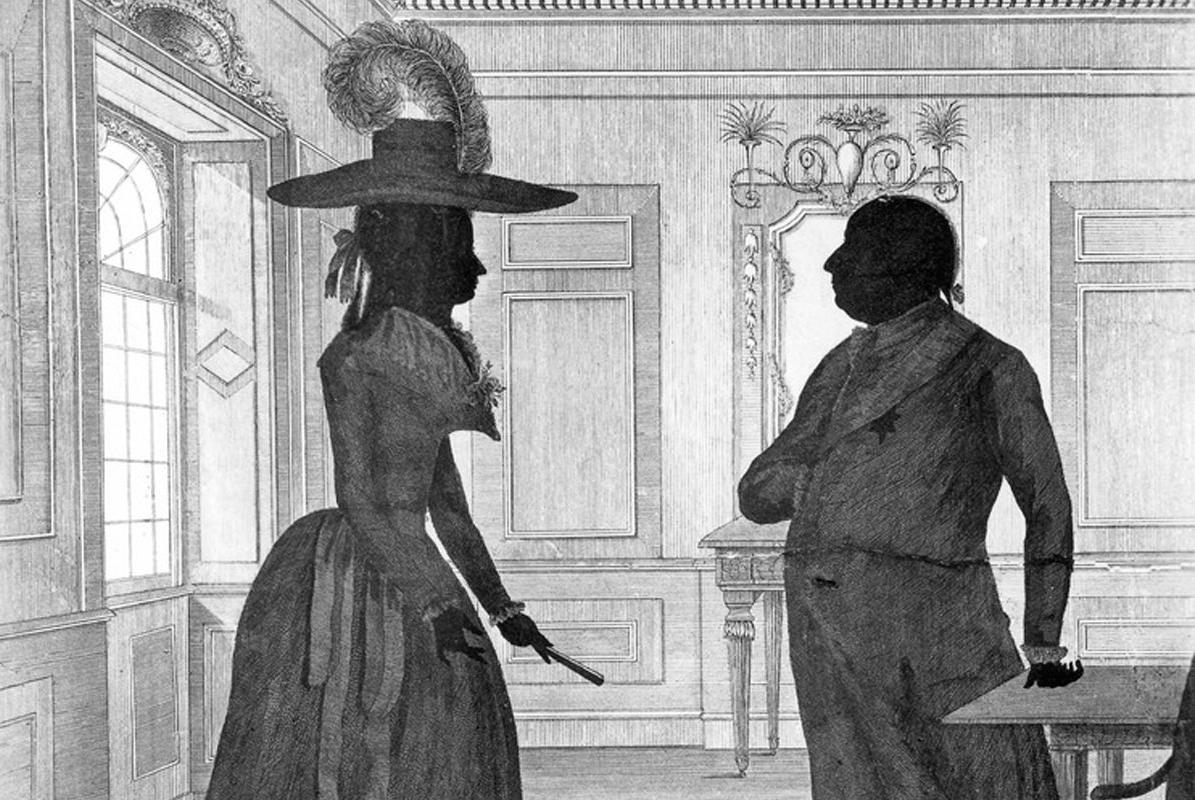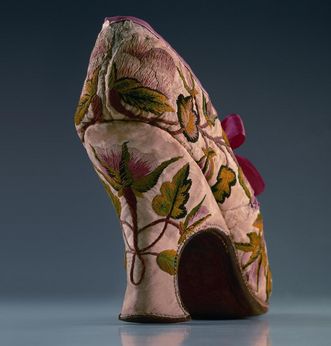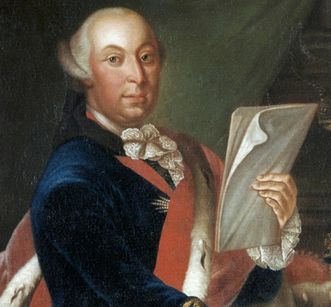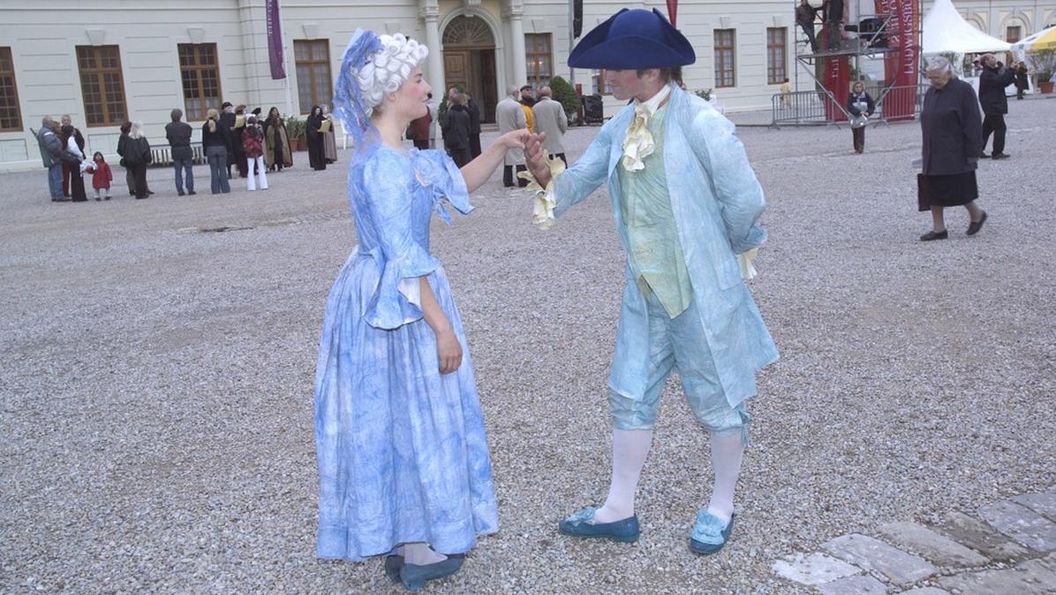What did the ladies of the Württemberg court wear?
It is said that Carl Eugen ordered all women with whom he'd had a relationship to wear blue shoes. In 1765, a contemporary of his wrote: "By virtue of a new court ceremonial, all women who were not pledged to the duke were prohibited from wearing blue shoes. And vice-versa, all of those whom he had or would honor by allowing them to grant him their virtue... were ordered to never appear without this distinguishable fashion."






